The 7-New-Wonders-of-the-World-(2002-2007) was a campaign to choose Wonders of the World from a selection of 200 existing monuments.
The popularity poll was led by Canadian-Swiss, Bernard Weber, and was organised by the New7Wonders Foundation based in Zurich, Switzerland.
The winners were announced in 2007.
More than 100 million votes were cast through the Internet or by telephone.
Voting by the Internet was limited to one vote for 7 monuments per person/identity,
but multiple voting was possible by telephone.
Hence the poll was considered unscientific.
It was claimed to be "the largest poll on record".
Some countries touted their finalist and tried to get more votes cast for it,
while others down-played or criticised the contest.
|
The massive structure could seat 50,000 and the bloody gladiator combat and wild beast shows, when thousands of wild animals were slashed to death, give some insight into Roman people of the day. I visited The Colosseum in 1985 during my 13-week tour of Europe and Egypt and in 1999 during our 14-week around-the-world trip. |
|
The
Nabataeans were nomadic Arabs who invested in Petra's proximity to
the trade routes |
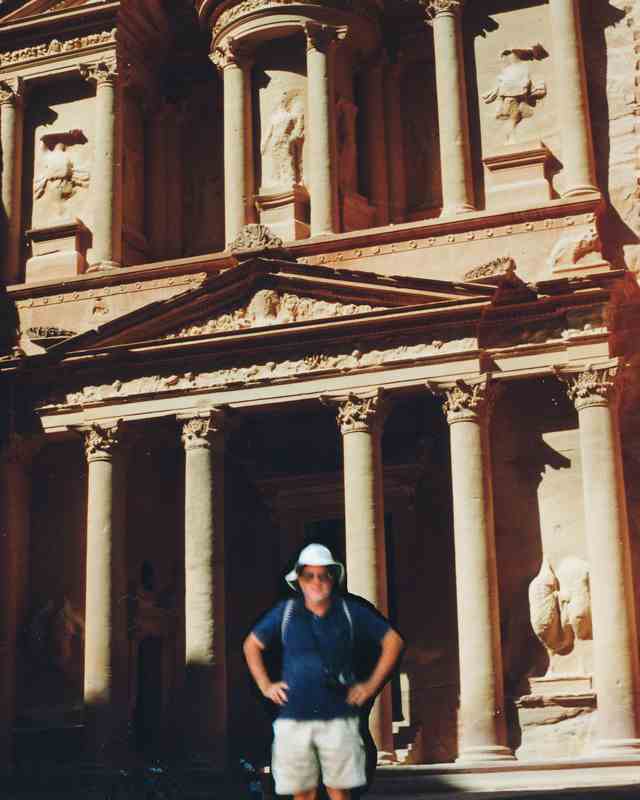 |
|
Machu Picchu, Peru (2004)
Most archaeologists believe that Machu Picchu was constructed as an estate for the Inca emperor Pachacuti (1438–1472). It is in a stunning mountain setting. Machu Picchu means Old Peak named after the mountain ridge upon which it was found. We visited Machu Picchu in 2004 as part of our 8-week around-the-world tour. |
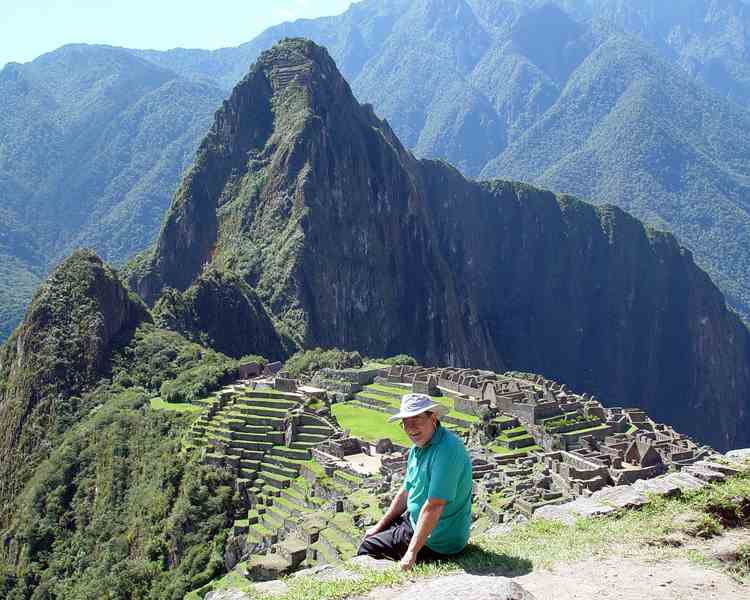 |
|
Christ the Redeemer statue Rio de Janeiro, Brazil (2004)
Cristo Redentor, completed in 1931,
is hollow inside. It is made from soapstone with a granite base. At
35 metres high, it is the largest art deco monument in the world.
It was designed by Carlos Oswald and sculptured by Frenchman, Paul Landowski. We visited Rio de Janeiro in 2004 during our 8-week around-the-world trip. |
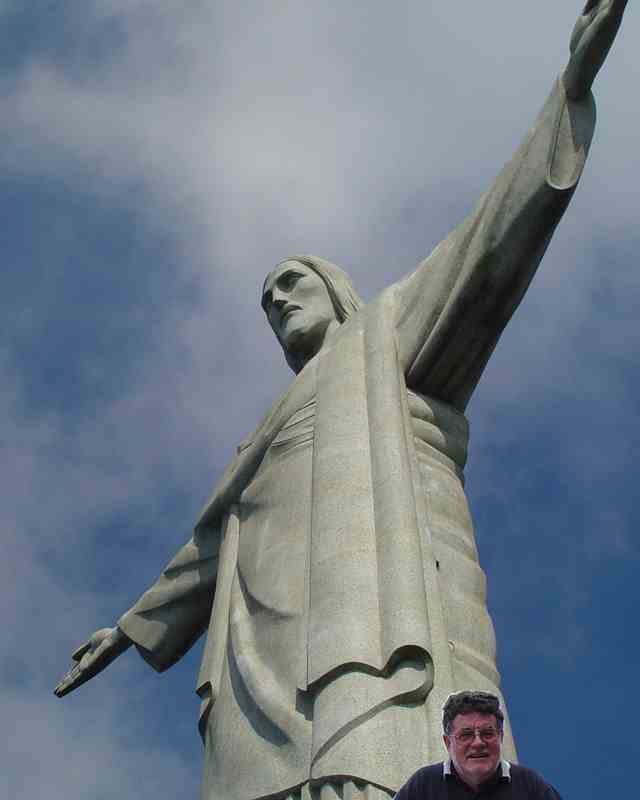 |
|
The Great Wall of
China (2006)
Several walls were being
built from as early as the 7th century BC by ancient Chinese states. Selective stretches were
later joined together by Qin Shi Huang (220–206 BC), the
first Emperor of China. Later on, many successive
dynasties have built and maintained multiple stretches of border walls.
The most currently well-known of the walls were built by the Ming
dynasty (1368–1644). A comprehensive archaeological survey, using advanced technologies, has concluded that the walls built by the Ming dynasty measure 8,850 km. I visited part of the wall at Simatai during my 4-week tour of China in 2006. |
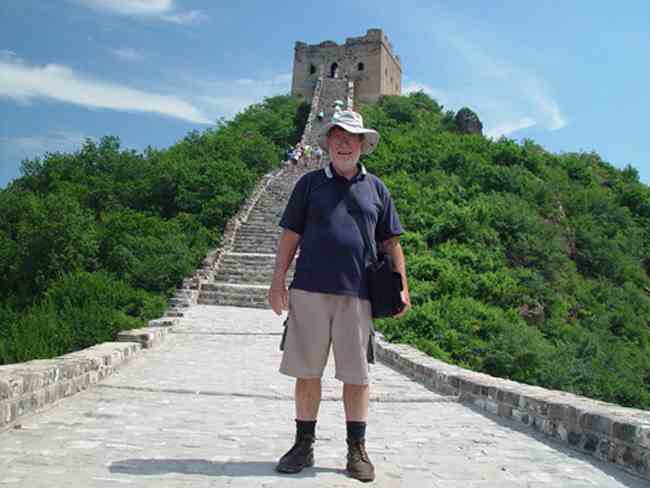 |
|
Tah Mahal, Agra, India (2010)
"A tear drop on
the cheek of humanity" The
Taj Mahal was built by Shah Jahan as a memorial to enclose the tomb
of his second (and favourite) wife, Mumtaz Mahal, who died
giving birth to her 14th child in 1631. It
took 8 years to construct. |
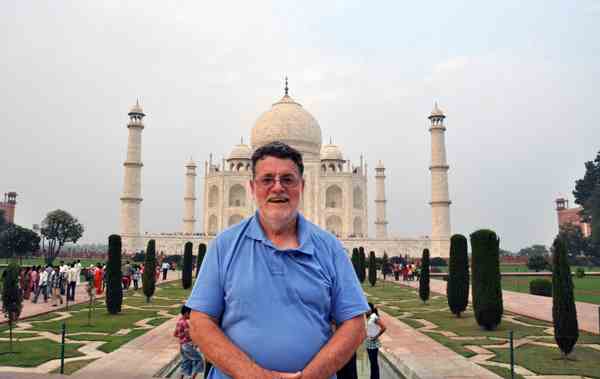 |
|
Chichen Itza, Mexico,
(2010)
Chichen
Itza was a major focal point of the Mayans in the Yucatan
Peninsula in Mexico from
the Late Classic (c. AD 600–900) through the
Terminal Classic period Chichen Itza was the seventh of the 7 "wonders" that I have seen. I visited it on my 44-day tour of Central America in 2019. |
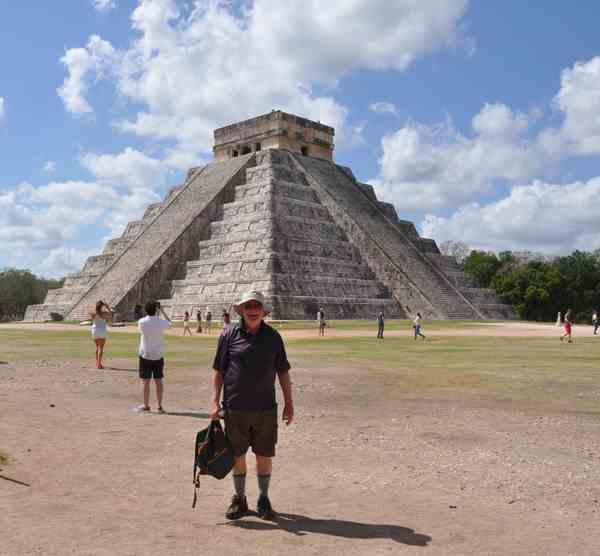 |